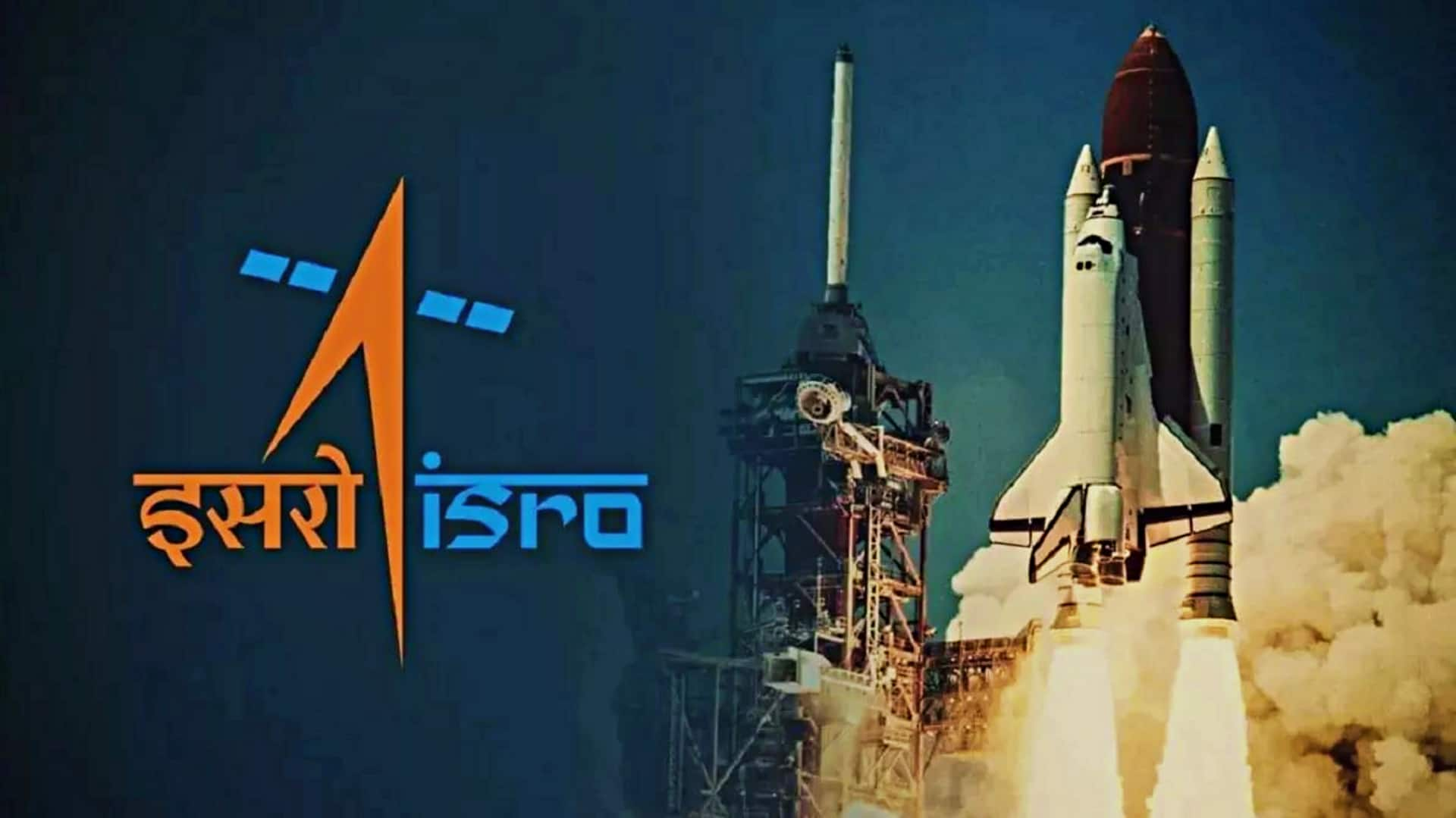
How ISRO is pushing boundaries of space technology
What's the story
The Indian Space Research Organisation (ISRO) is making waves in the world of space exploration with its plans to develop advanced launch vehicles. These cutting-edge innovations aim to increase payload capacities and offer reusability, marking a new chapter in space missions and satellite deployment. ISRO's heavy-lift launch vehicle, LVM3 or Launch Vehicle Mark-3, which successfully transported Chandrayaan-3 to the Moon's south pole, is set to receive major upgrades, positioning the agency as a strong contender in the global space race.
LVM3 upgrades
SC120 and C32 cryogenic engines
One of the primary upgrades to the LVM3 is the addition of a semi-cryogenic engine called SC120, which will boost its payload capacity. This improvement is in line with the space sector reforms declared by the Government of India. Moreover, a new uprated cryogenic engine, the C32, will provide a 484kg payload mass gain. When combined with the SC120, this upgrade will enable the LVM3 to carry an impressive 5,100kg to the Geostationary Transfer Orbit (GTO), solidifying ISRO's standing globally.
Joint efforts
Public-private partnership with NewSpace India Limited (NSIL)
In order to maintain competitiveness and relevance in the market, ISRO has initiated a public-private partnership model with NewSpace India Limited (NSIL). The objective of this partnership is to manufacture the LVM3, meeting the global need for communication satellites and mega constellations in Low Earth Orbit (LEO). The upgraded LVM3 holds significant potential and opportunity to seize this niche market in the upcoming years, bolstering ISRO's status as a pioneer in space technology innovation.
More
LM110 LOX-Methane engine for enhanced control and reusability
ISRO is also working on the LM110 LOX-Methane engine, known as a softcryo engine, designed for throttling capacity ranging from 60% to 110%. This feature provides enhanced control and efficiency, which is highly crucial for accurate satellite deployments and interplanetary missions. The LM110 engines are designed for efficiency as well as reusability. They would be reusable up to 20 times. This aligns with global trends in space technology, emphasizing sustainable and cost-effective space exploration.
Insights
Conceptualizing Next Generation Launch Vehicle (NGLV)
Lastly, ISRO is conceptualizing the ambitious Next Generation Launch Vehicle (NGLV), which includes a LOX Methane common core booster with clustered engines and solid strap-on boosters. The NGLV is proposed to include various versions tailored to meet a variety of mission requirements, including recoverable versions with capacities of 18,825kg and 28,390kg to LEO. For missions to GTO, a 9,500kg payload capacity is proposed in the expendable variant. These developments underscore ISRO's dedication to pushing the limits of space technology.